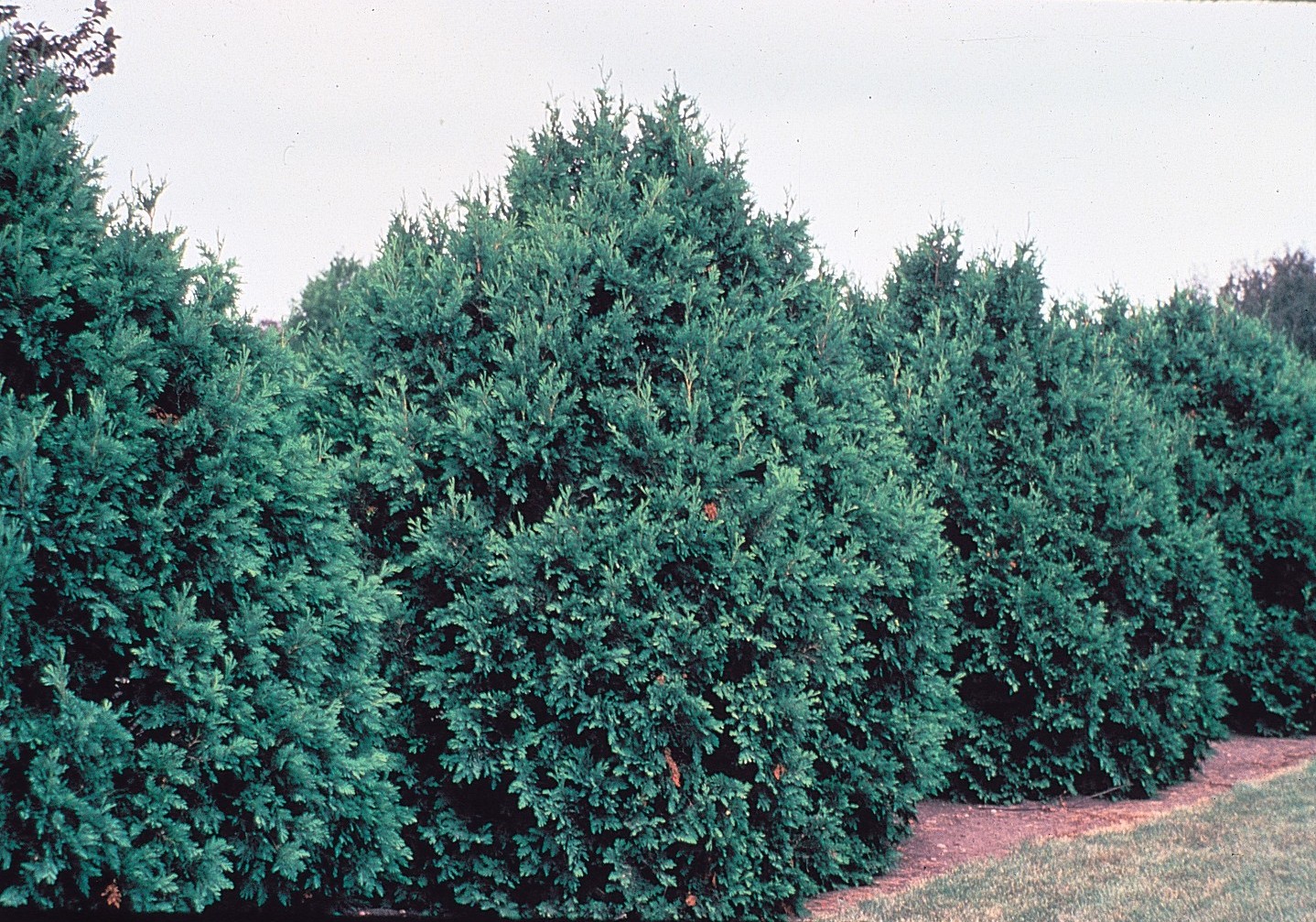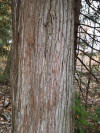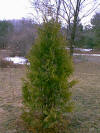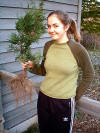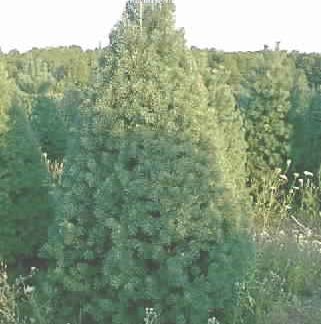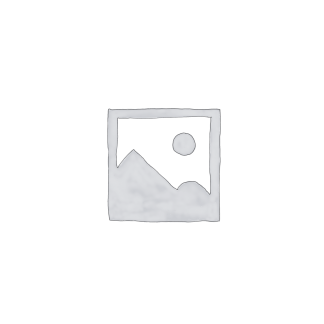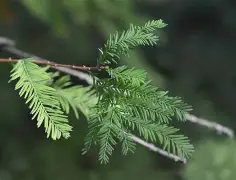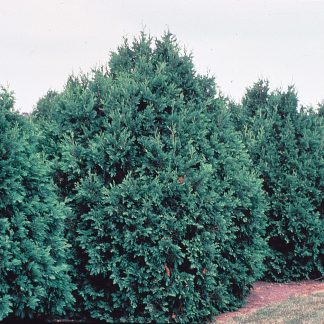Description
The American arborvitae, also known as the white cedar, is very common in the northeastern parts of the United States. There are some groves of these trees as far south as Tennessee and North Carolina. Thuja is derived from a Greek word meaning ‘aromatic wood’ and Arborvitae means ‘tree of life’. It was given this name when the French explorer Cartier learned from Native Americans that it can be used to treat scurvy. The largest know white cedar tree is located in Leelanau County, just a short drive from our farm. The oldest dead white cedar was estimated to have an age of 1,890 years. With a pyramidal shape and stiff, thick branches, it makes an excellent privacy screen. The needles on this tree are soft, flat, fan like and they seamlessly extend into the woody stems of the tree. They are very versatile and can be grown pretty much any soil. They are also tolerant of a wide range of ph. As a member of the cypress family, they do really thrive in moist soils.
Here on the farm, they grow naturally in our swamps and on lower hill sides. In the wetter areas at Porcupine Hollow if an arborvitae topples over it will root along the length of the trunk. Arborvitaes have also sprouted from old white pine stumps cut 100 years ago. The stump will rot away leaving the Arborvitae roots above ground. Transplanting is moderately easy if plants are root-pruned and either balled and burlapped or grown in rootbags and makes an excellent hedge or screen. Many of the natural stands of Arborvitae in the United States have been cut. Some remain in isolated areas along rivers throughout the East. White cedar are found most commonly mixed with hemlock and yellow birch in low lying areas of the upper midwest. Arborvitae have shallow root systems when growing on wet ground and can blow over easily. Good survival in ice storms because of their strong branching. Arborvitae are widely used as a shrub hedge and can be grown so that the branches are so intertwined as to make a fence that cannot be penetrated. Unfortunately, they are very susceptible to deer browse. They can be protected as seedlings with a wire cage and as they grow, they can be wrapped in burlap to protect them through the winter when they are most vulnerable. Arborvitae is the tree of choice in northern areas for fence post and shingles as the wood resist rotting. If you have the time and desire Arborvitae can be rooted easily in the early spring from cuttings.
